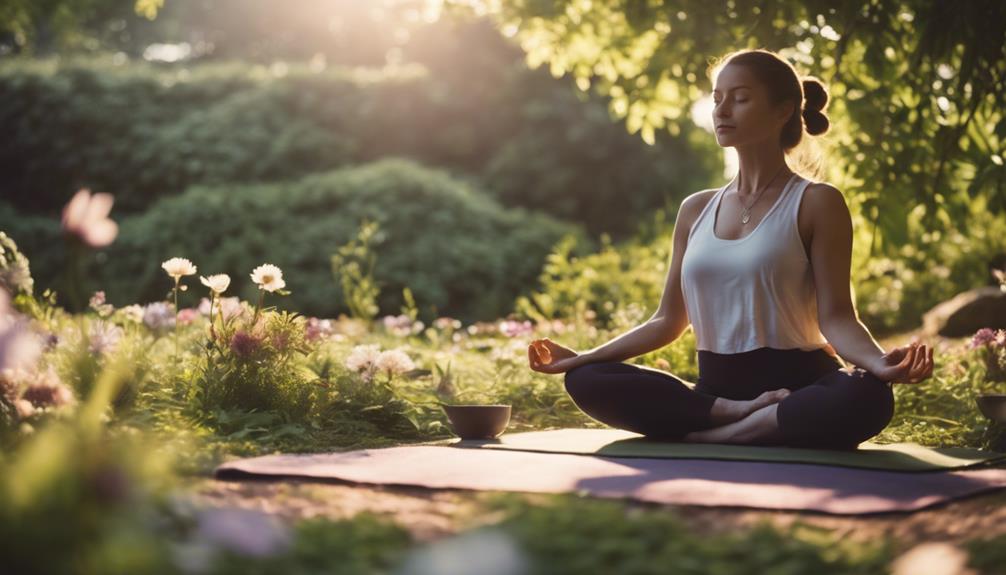Yoga Exercise

“`markdown
Understanding the Basics of Yoga Exercise
Yoga exercise is a holistic practice that combines physical postures, breath control, and meditation to enhance both physical and mental well-being. This ancient discipline, which originated in India over 5,000 years ago, has gained immense popularity worldwide due to its numerous health benefits. Many people turn to yoga exercise not only for physical fitness but also for stress relief and mental clarity. In this blog post, we will explore the various aspects of yoga exercise, including its benefits, types, and how to incorporate it into your daily routine.
The Numerous Benefits of Yoga Exercise
Engaging in regular yoga exercise offers a plethora of benefits. Physically, it improves flexibility, strength, balance, and posture. Many practitioners find that yoga helps alleviate chronic pain and tension, particularly in the back, neck, and joints. Beyond the physical advantages, yoga exercise also promotes mental clarity and emotional stability. Studies have shown that it can reduce symptoms of anxiety and depression, improve sleep quality, and enhance overall mood. Furthermore, yoga encourages mindfulness, which can lead to a greater sense of inner peace and well-being.
Exploring Different Styles of Yoga Exercise
One of the appealing aspects of yoga exercise is its diversity. There are various styles, each catering to different preferences and fitness levels. Hatha yoga is a great starting point for beginners, focusing on basic postures and breathing techniques. Vinyasa yoga, on the other hand, offers a dynamic flow of movements, linking breath with motion. For those seeking a more intense workout, Ashtanga or Power yoga can provide a vigorous physical challenge. Alternatively, Yin yoga focuses on deep stretching and relaxation, making it an excellent choice for stress relief. Understanding the different styles of yoga exercise can help you choose the one that best suits your needs.
Getting Started with Your Yoga Exercise Journey
If you’re new to yoga exercise, getting started can feel overwhelming. However, it’s essential to approach your yoga practice with patience and an open mind. Begin by finding a local class or online tutorial that resonates with you. Many studios offer beginner classes that will guide you through foundational poses and breathing techniques. Investing in a good yoga mat can also enhance your practice, providing comfort and stability. Remember that yoga is a personal journey; it’s more about your individual experience than comparing yourself to others. Consistency is key, so aim to practice regularly, even if it’s just for a few minutes each day.
Incorporating Yoga Exercise into Your Daily Routine
Integrating yoga exercise into your daily routine doesn’t have to be time-consuming. You can start with just 10-15 minutes of stretching or breathing exercises in the morning to set a positive tone for the day. Consider doing a short yoga session during your lunch break to recharge your energy levels. Additionally, many individuals find that practicing yoga in the evening helps them unwind and prepare for a restful night’s sleep. The flexibility of yoga means you can adapt it to fit your schedule and lifestyle, making it an accessible practice for everyone.
The Role of Breath in Yoga Exercise
Breath control, or pranayama, is a fundamental component of yoga exercise. Proper breathing techniques enhance the benefits of physical postures and promote relaxation. Learning to synchronize your breath with movement helps cultivate mindfulness, allowing you to stay present in the moment. Deep, controlled breathing can stimulate the parasympathetic nervous system, leading to reduced stress and anxiety levels. As you progress in your yoga practice, you’ll find that breath awareness becomes an integral part of your exercise, deepening your overall experience and connection to your body.
Common Misconceptions About Yoga Exercise
Despite its popularity, there are several misconceptions surrounding yoga exercise. One common belief is that yoga is only for flexible individuals. In reality, yoga can be adapted to suit various body types and fitness levels. Another misconception is that yoga is solely a physical practice; while it does include physical postures, yoga also emphasizes mental and emotional well-being. Many people think that yoga requires a significant time commitment, but even short sessions can yield great benefits. By dispelling these myths, we can encourage more individuals to embrace yoga as a rewarding and beneficial practice.
The Future of Yoga Exercise: Trends and Innovations
As yoga exercise continues to evolve, new trends and innovations are emerging. Virtual classes and online platforms have made yoga more accessible than ever, allowing practitioners to participate from the comfort of their homes. Additionally, the integration of technology, such as fitness apps and wearable devices, is enhancing the yoga experience with guided sessions and progress tracking. Community-driven yoga events, like outdoor classes and wellness retreats, are also gaining popularity, fostering a sense of connection among practitioners. The future of yoga exercise looks promising, with endless possibilities for growth, exploration, and connection.
In conclusion, yoga exercise is a versatile and enriching practice that offers countless physical and mental health benefits. By understanding its fundamentals, exploring different styles, and incorporating it into your daily routine, you can experience the transformative power of yoga. Whether you’re a seasoned practitioner or just starting, embracing yoga can lead to a healthier, more balanced life. So roll out your mat, take a deep breath, and embark on your yoga journey today!
“`
Are Yoga Mats ToxicYoga Retreats Near Me